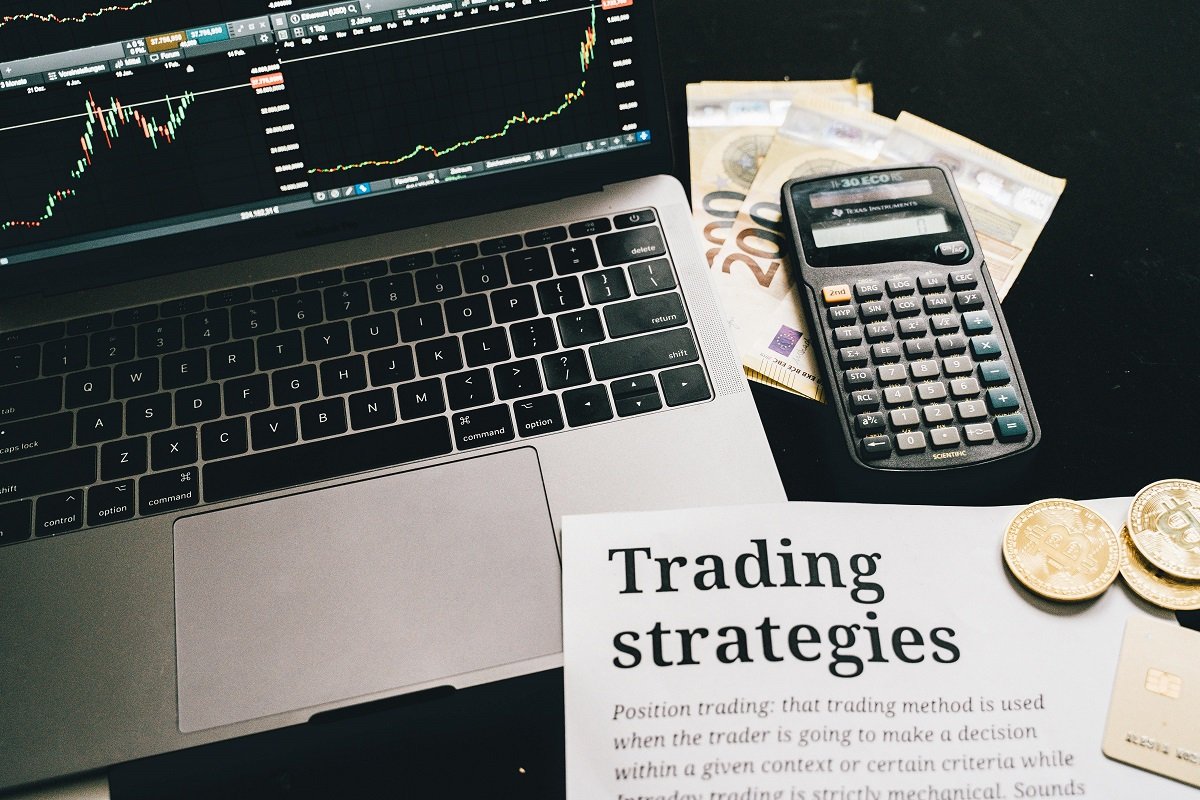
In today’s globalized world the tension between economic growth and environmental policy has become one of the most complex and consequential debates of our time. On one hand economic growth is essential for raising living standards reducing poverty and funding public services. On the other environmental policies are vital for preserving natural resources combating climate change and ensuring long-term planetary health.
These two priorities often appear to be at odds: industries demand deregulation and resource access to stimulate production, while environmentalists call for stricter laws to curb pollution and protect ecosystems. This ongoing struggle raises important questions about how to balance short term economic goals with long term sustainability. Should we sacrifice growth to protect the planet? Or is there a way to pursue both simultaneously without undermining either?
The Case for Economic Growth Job Creation and Prosperity

Economic growth has long been viewed as the engine of progress. A growing economy means more jobs higher incomes and increased investment in infrastructure technology and education. In developing countries growth is often the only path out of poverty providing governments with the tax base necessary to build schools hospitals and public utilities. In developed nations, continuous growth fuels innovation and competition ensuring that societies remain globally competitive and economically resilient.
Businesses argue that too much regulation especially environmental regulation can stifle entrepreneurship drive up production costs and push industries to relocate to countries with laxer standards. For instance fossil fuel companies often resist emissions caps and carbon taxes arguing that such measures will hurt profits and lead to job losses in energy rich regions. Similarly manufacturers may view environmental compliance as a burden that limits efficiency and market competitiveness. For many policy makers particularly those focused on economic recovery or job creation growth is seen not just as desirable but as necessary for political and social stability.
The Urgency of Environmental Policy Limits to Growth
Yet, the argument that growth can come at any cost is increasingly unsustainable. Unchecked industrial activity urban expansion and resource extraction have led to alarming environmental degradation deforestation air and water pollution biodiversity loss and climate change. The 2020s have already witnessed record-breaking heatwaves wildfires floods and hurricanes all of which are linked at least in part to anthropogenic climate change. These environmental consequences not only threaten ecosystems but also endanger human health food security and economic stability. In other words environmental decline can itself become a barrier to sustained economic growth.
Governments and international bodies have responded by enacting policies designed to mitigate environmental harm. These include emissions standards protected areas renewable energy mandates pollution taxes and global treaties like the Paris Agreement. These policies aim to internalize the costs of environmental damage forcing polluters to pay for the harm they cause while promoting greener alternatives. While critics argue that such policies may hinder economic performance in the short term, advocates counter that they are necessary to avoid long-term catastrophe. The science is clear without serious environmental action, the consequences of climate change will be far more costly than any economic slowdown associated with transitioning to a greener economy.
Green Growth A Path Toward Reconciliation
In recent years, the concept of green growth has gained traction as a potential solution to the economic environmental dilemma. Green growth refers to fostering economic expansion while ensuring that natural assets continue to provide the resources and services on which human well being depends. Rather than viewing growth and sustainability as opposing goals green growth seeks to align them. Investments in renewable energy sustainable agriculture energy efficiency and green infrastructure can simultaneously reduce environmental impact and generate economic opportunities.
For example the clean energy sector has become one of the fastest-growing job markets globally. Solar and wind energy jobs have outpaced those in coal and oil in many countries proving that environmental policy can in fact be a driver of growth. Electric vehicles, smart grids, and energy-efficient buildings are creating new markets and attracting capital. In this light environmental regulations can stimulate innovation forcing companies to develop cleaner technologies and more efficient processes. Countries that lead in green innovation also stand to gain a competitive edge in the global economy, exporting solutions that other nations will eventually require.
The Role of Government Policy and Regulation
Government action is crucial in shaping the balance between growth and environmental stewardship. Public policy sets the rules of the game, influencing how businesses operate and how resources are used. By enacting clear consistent, and forward looking regulations, governments can reduce market uncertainty and create the conditions necessary for long term investment in sustainable industries. Tax incentives for clean energy grants for environmental research and penalties for excessive pollution all help steer the economy toward greener outcomes.
One key area is carbon pricing which assigns a financial cost to greenhouse gas emissions. Whether through carbon taxes or cap and trade systems carbon pricing makes polluting more expensive and encourages investment in cleaner alternatives. While such policies can face political resistance they are widely endorsed by economists as the most efficient way to reduce emissions without stalling growth.
Public infrastructure investments also play a role. When governments build public transit systems retrofit buildings for energy efficiency, or invest in climate resilient infrastructure they not only reduce emissions but also stimulate economic activity and job creation. In this way, public policy can act as a bridge between economic and environmental goals.
Challenges in Developing Nations
Balancing growth and environmental policy is particularly difficult in developing countries where poverty unemployment and lack of infrastructure remain pressing issues. These nations often argue that they should not be held to the same environmental standards as wealthier countries which built their prosperity on centuries of industrialization and fossil fuel use. Demanding that poorer countries curb emissions can be seen as unfair and even neocolonial especially when they still struggle to provide basic services to their populations.
To address this international frameworks have included provisions for climate finance where richer countries support poorer ones in adopting sustainable technologies and adapting to climate change. The Green Climate Fund established under the UN Framework Convention on Climate Change, is one such mechanism though it has struggled with funding shortfalls and bureaucratic inefficiencies. Nonetheless if the global community wants to meet climate goals it must ensure that developing nations have the resources and incentives to pursue sustainable development without sacrificing economic progress.
Corporate Responsibility and Market Solutions
Businesses also have a critical role to play. Increasingly corporations are adopting Environmental, Social, and Governance ESG principles to guide their operations and investment strategies. This shift is partly driven by consumer demand people want to buy from companies that care about the planet and partly by investors who see long-term risks in environmentally reckless practices. Green bonds sustainability indexes, and climate disclosure requirements are helping integrate environmental performance into corporate decision making.
Market based solutions are also emerging. For instance, carbon offset markets allow companies to invest in renewable energy or reforestation projects to compensate for their own emissions. While not a perfect solution, these mechanisms offer flexible tools for integrating environmental costs into the marketplace. However, critics warn that market-based approaches can sometimes become a form of greenwashing unless they are carefully regulated and transparent.
The Risks of Inaction
Failing to address the environmental consequences of economic growth carries serious risks. Climate change alone threatens to wipe out trillions of dollars in global economic value through damaged infrastructure, reduced agricultural yields increased healthcare costs, and more frequent natural disasters. Water scarcity air pollution and biodiversity loss can also undermine the very foundations of economic activity by depleting resources and destabilizing communities. If growth continues to rely on unsustainable practices it will eventually become self-defeating.
The 2023 IPCC report warned that without immediate and deep emissions cuts the world is on track to exceed 2°C of global warming within decades. This would result in irreversible damage to ecosystems mass displacement of people and intensifying conflicts over dwindling resources. Environmental policy is not a luxury or an obstacle it is a prerequisite for long term economic stability and human survival.


